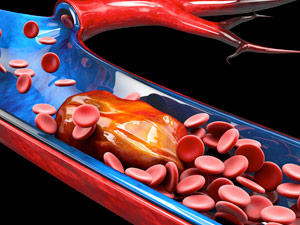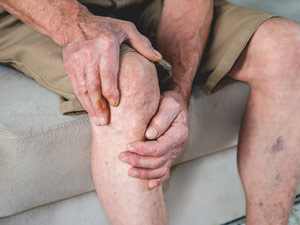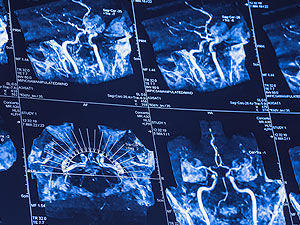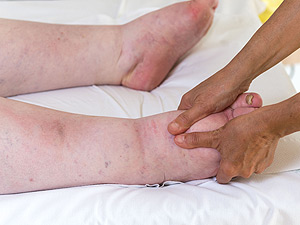Dialysis Access

Our kidneys filter wastes and excess fluid from our bodies. Some patients suffer from a gradual reduction of kidney function called chronic kidney disease. When the kidney function deteriorates past the point of medical management, hemodialysis is initiated. Hemodialysis consists of sessions in which a machine filters waste from the blood. These sessions are usually three times a week. Patients on dialysis need creation of an access; this is most commonly done through an arteriovenous fistula, although sometimes a prosthetic graft or catheter may be indicated. An arteriovenous fistula is created by connecting an artery to a vein. For patients in need of dialysis access, your surgeon will assess your anatomy and determine which type of dialysis access can be used for you. Dialysis access is usually created in the non-dominant arm; periodic procedures called angiograms of the fistula may be needed to maintain the fistula function as the fistula matures and is cannulated.
If you or a loved one needs dialysis, the experts at Mount Sinai South Nassau Dialysis Services offer convenient options for treatment.
Risk Factors
- Patients with ESRD often have poorly controlled diabetes, high blood pressure, advanced age, and smoking history
- Kidney conditions such as polycystic kidney disease can lower kidney function and require initiation of dialysis
Treatment
- After the creation of the dialysis access, regular follow up with your vascular surgeon and nephrologist is required to maintain kidney function and hemodialysis access
Learn more
Peripheral Artery Disease (PAD)
Varicose and Spider Veins
Deep Venous Thrombosis (DVT)
Abdominal Aortic Aneurysm (AAA)
Peripheral Aneurysmal Disease
Carotid Artery Disease
Dialysis Access
Wound Care
Vascular Lab
Giant Cell Arteritis
Lymphedema
Mesenteric Ischemia

Peripheral Artery Disease
Peripheral Artery Disease, commonly referred to as PAD, is a chronic condition...
Read More

Varicose and Spider Veins
Varicose veins are twisted, enlarged veins, most commonly found in the legs....
Read More

Deep Venous Thrombosis
A Deep Venous Thrombosis (DVT) is a blood clot that forms in the deep veins in the body....
Read More

Abdominal Aortic Aneurysm
The aorta is the largest artery in the body. The walls of the segment of the aorta in the abdomen...
Read More

Peripheral Aneurysmal Disease
An aneurysm is a bulging of the artery caused by the weakening of the walls of the artery....
Read More

Carotid Artery Disease
Stenosis, or stiffening, of the carotid arteries occurs when fatty deposits, or plaques, adhere to the walls...
Read More

Dialysis Access
Our kidneys filter wastes and excess fluid from our bodies. Some patients suffer from...
Read More

Wound Care
Whether you’ve had a wound for a short period of time or wounds that recur over time, open wounds can interfere...
Read More

Vascular Lab
Ultrasound exams, also called sonograms, are painless, fast and especially useful to help your physician diagnosis...
Read More

Giant Cell Arteritis
Giant cell arteritis is inflammation of the walls of the arteries, most commonly in the arteries in the head....
Read More

Lymphedema
Lymphedema is the buildup of lymph fluid in the arms or legs. Lymph fluid is usually filtered by lymph nodes,...
Read More

Mesenteric Ischemia
Mesenteric Ischemia is poor blood supply to the mesenteric organs, like the intestines, stomach, liver and colon....
Read More

Meet Our Team
Our surgeons see patients for aneurysmal diseases of the arteries, peripheral artery disease,...
Read More